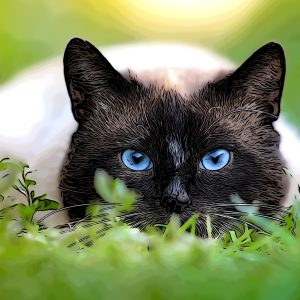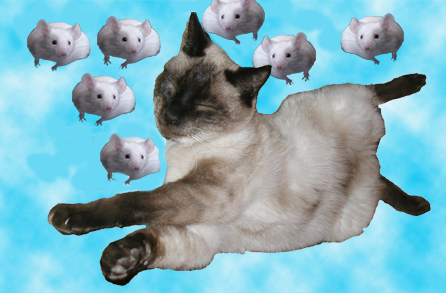Capstone Components
The capstone is a distinctive type of research project. The capstone focuses on a localized educational problem, whereas the thesis and dissertation focus on a problem in a broader educational context. The capstone project uses the findings to build a product that can be applied to the local educational context where the research was conducted. Normally, the findings of the thesis or dissertation are generalizable across educational settings.
The capstone project has many components that are the same as the thesis and dissertation. However, several components are unique to the capstone. These unique components support the development of the capstone product. The product is designed to address the problem being researched. Product examples include professional development presentations; teacher’s toolkit; faculty handbook; training videos; leadership manual, new institutional policies, etc.
The guidelines for the capstone components are specific to the degree program and will vary. Some capstone projects have a structure similar to a thesis or dissertation. While others are considerably different in organizational structure and have additional components. Most capstone projects include the same basic components as other research literature: Problem, Background, Framework, Purpose, Literature Review, Methodology, Results, and Recommendations. The capstone project may have variations of these and include additional components. In Part II, we will discuss these components in detail.
The components tell a research story. Like all stories, there are characters, setting, plot, conflict, resolution, point of view, and theme. Additionally, the narrative of a story has background or setup, rising tension, a climax, falling tension, and a resolution. While these elements are common, not all stories include all the elements. Some stories have more complex components than others. So it is with research stories, some include all, some have simple components, and others have a more complex structure.
As we progress through Part II, we will explain how the components of the research story are developed by telling the story of a slow cat. The story of a slow cat will progress through each chapter. An interpretation of the story is provided to help you connect how to think about the story of the slow cat in relationship to the research story. The interpretation is followed by a discussion of the capstone component including ideas on how to write it. The chapters are presented in the most common order and structure of a project-based research story.
Let’s begin with the story …

Pickles the cat (Truly, this cat brings pickles, not mice!) |

Harry the cat keeper (Really, could you think of a better name for the guy?) |

Physicus the scientist (Of course, Physicus was born a scientist… naturally!) |
The Slow Cat
Harry had it. The cheese was gone again! Only the torn plastic wrapper with the inscription, “Six weeks in brine and brandy, Époisses de Bourgogne, France,” remained on the floor. This was the smelliest cheese in the world. So much so, no one should ever try to bring it on public transport in France; it is not permissible. Harry loved Époisses cheese. So did the mice that infested his house. Harry did not like mice.
Mourning the loss of his favorite cheese, Harry stood in the middle of the living room, with teary eyes and a trembling voice he screamed loud enough for every mouse in the house to hear.
“YO, MICE! This is it! I am through with you all! I am getting a cat!”
Well, this is how it all started.
That very night, Harry returned to his home with a new resident, a blue-eyed Siamese cat he adopted from a local pet shelter. The worker at the shelter told Harry the cat was found locked in a cage, just on the side of a highway, apparently left there to die. Harry felt emotional about the beautiful animal and decided to give him a good life.
When the cat was picked up by the shelter, he was hungry and scared. Two months of the “royal” treatment and dietary fulfillment turned the cat into a perfect ball of fur with healthy deposits of fat here and there. Harry called the cat Pickles.
Now, Pickles’ new house was just perfect, with plenty of room, plenty of love, plenty of food, and plenty of mice. Harry’s home was infested by mice, which was cat heaven, or so he thought. Siamese cats are known for being vicious mice hunters; they were bred to catch mice and other rodents in the Royal Courts of Thailand, after all. The vendetta on mice was official!


